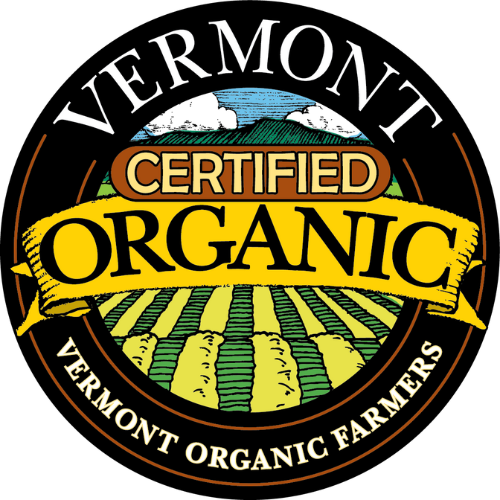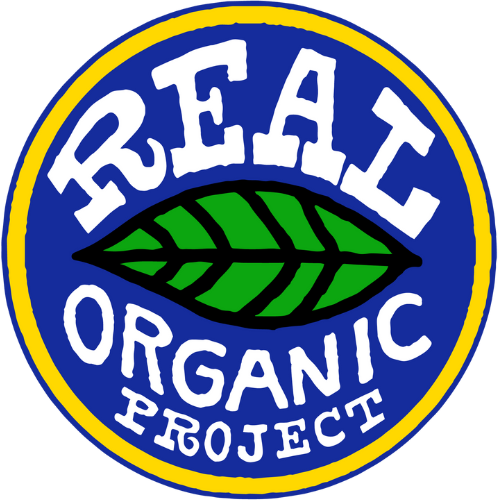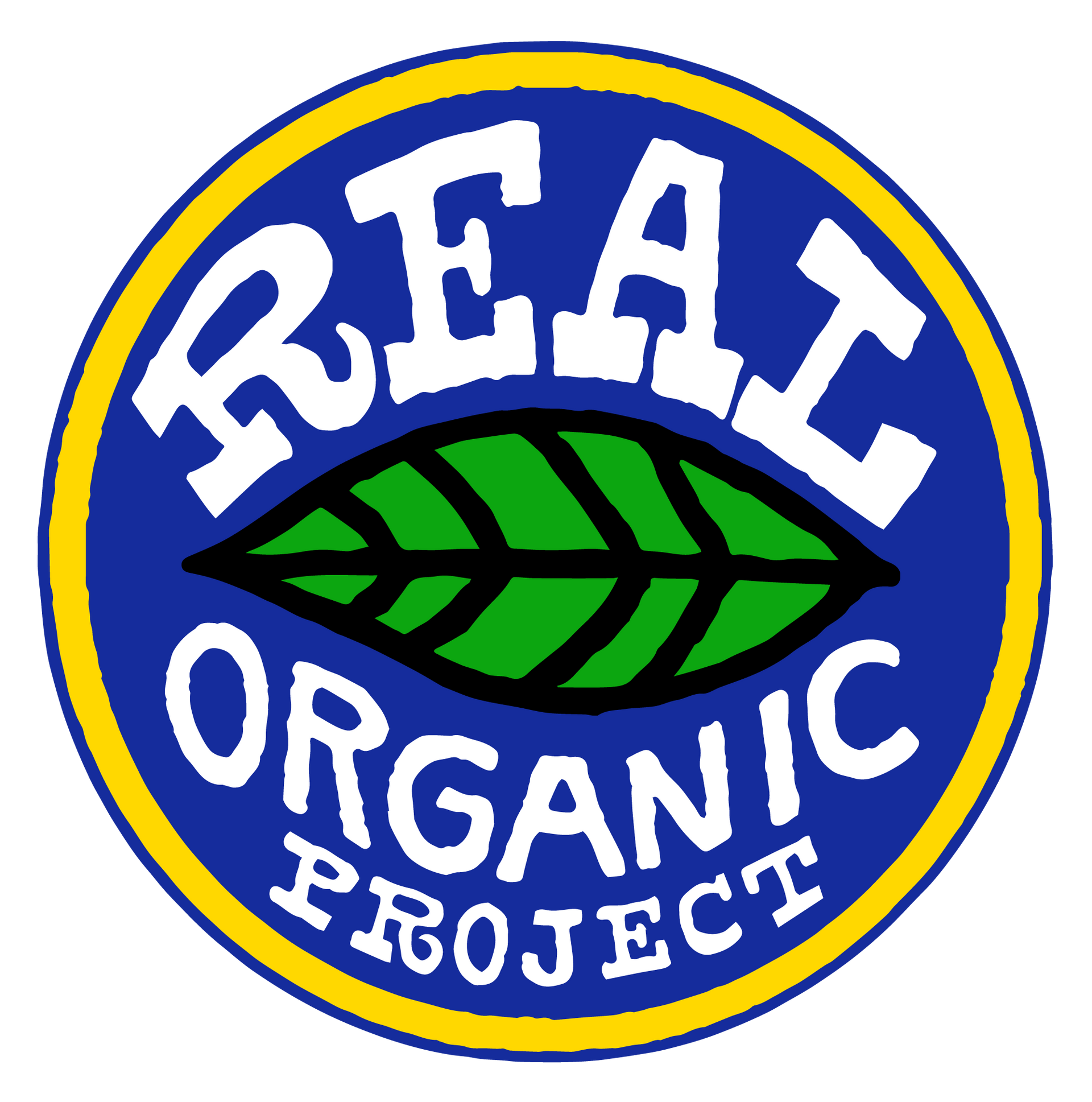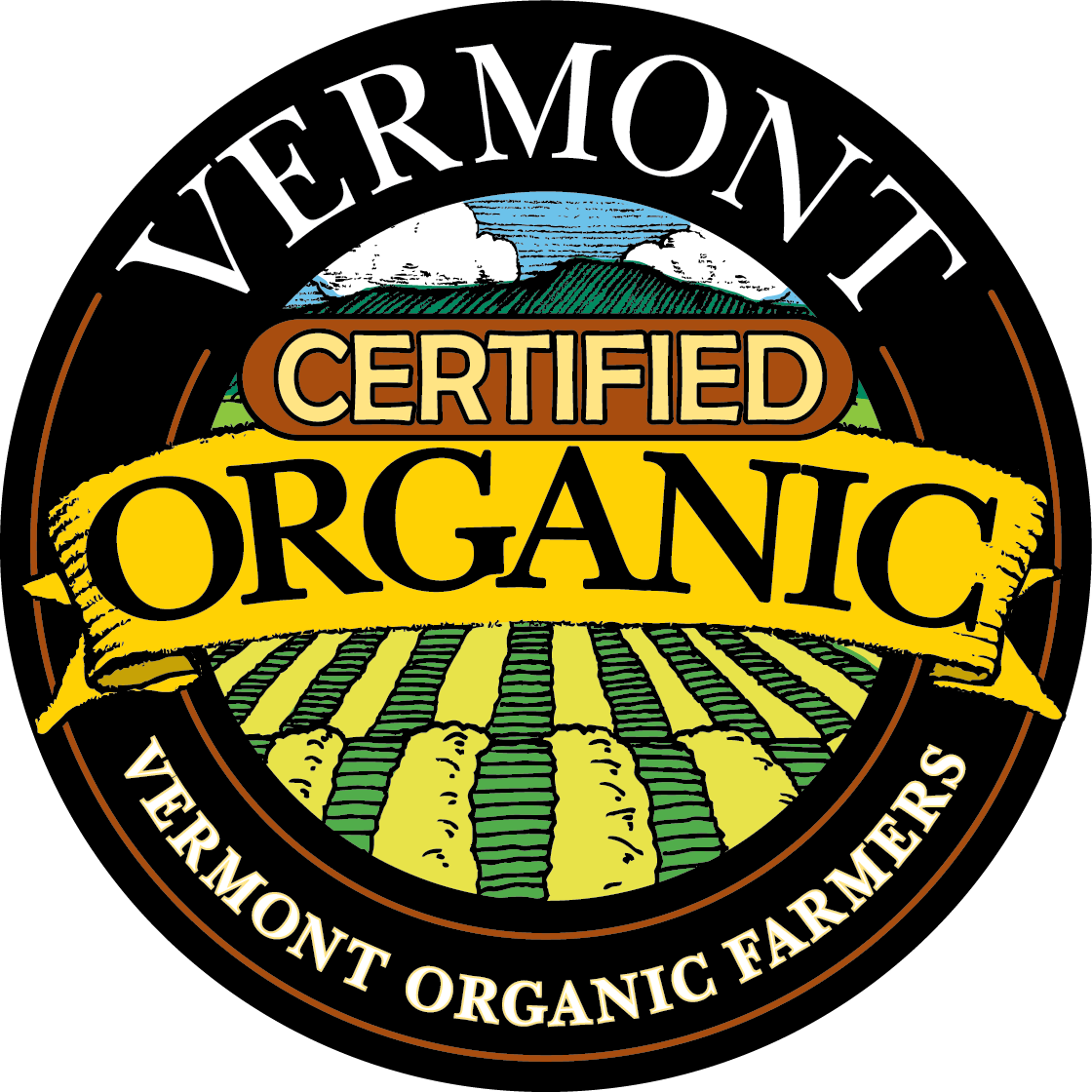Why choose Kind Horn Farm?
Kind Horn Farm specializes in certified organic Icelandic sheep for sale for breeding stock, fiber, and grass fed lamb. We were the first farm in the US to acquire certified organic status with an Icelandic sheep flock. Our farm has the largest certified organic flock of Icelandics in the United States and Canada. Kind Horn Farm is the only Icelandic sheep farm in the United States raising a flock that is both CERTIFIED ORGANIC AND REGISTERED with the Canadian Livestock Records Association. We offer certified organic breedstock, certified organic fiber, and certified organic grass-fed lamb.
We strive to be one of the premier breeders of Icelandic sheep in the United States and Canada. Kind Horn Farm is actively breeding the "super sires" from Iceland using artificial insemination and our flock offers super diverse genetics and high percentages of AI lines in our pedigrees. This translates to top quality animals for breeding stock with excellent meat scores, above average fertility, superb milking qualities in the ewes, and, of course, amazing fleeces. We are enrolled in the United States Scrapie Program, Export Status, which allows us to export both ewes and rams to Canada. Our flock is very healthy, with no history of foot rot, OPP, Johnes, CL, etc.
Do you have an organic farm and are looking to get into Icelandic sheep? Are you starting an organic farm? Kind Horn Farm can supply you with already certified organic Icelandic sheep for breeding stock. Immediately you will have certified organic animals to provide you with breeding stock to sell, organic fiber, and organic lamb. No waiting period and no mixed flock of some non-organic and some organic. Purchasing your starter flock from Kind Horn Farm also guarantees you ongoing mentoring in organic methods of sheep farming.
Other important reasons to choose Kind Horn Farm for your Icelandic breeding stock:
* Diversity of our genetics. Our flock was started with 16 completely unrelated sheep and we continue to bring in more and more different genetic lines with new rams and with the AI genetics from Iceland. Fall 2009, we used 4 rams at breeding season and this coming year we will use our farm rams plus do our own AI -- adding many additional genetics from Iceland. Fall 2013, we used 6 AI "super sires" from Iceland and 5 stellar farm bred rams.
* Excellence of our genetics. All of our foundation ewes have very nice AI backgrounds. Since 2009, ,we have been doing our own artificial insemination with our ewes using imported semen from Iceland. These Icelandic super sires have the best genetics available and we have seen excellent results in our lambs, with improved muscling especially.
* We are strongly breeding for parasite resistance, fast growing and well muscled lambs, mothering and lambing qualities, and superior fleece. In addition, we are looking for calmer temperaments and excellent overall health in our flock.
* Our flock is free of the major health issues: Foot rot, Johnes, CL and OPP. We are also in the U.S. Voluntary Scrapie Program.
* Canadian buyers, please note: We are now exporting both ewes and rams to Canada.
* Included in the cost of our breeding stock is a veterinary health inspection. This health check is a your guarantee that you receive animals that are in top condition. We feel that this is an important service for our buyers.
We are passionate about our Icelandic Sheep and about raising them organically. Our farm works in harmony with nature. Our pastures are maintained without the use of chemical fertilizers, pesticides, herbicides, or other non-healthy materials. Our animals are lovingly raised without the use of antibiotics, chemical dewormers, or synthetic growth hormones and we raise only grass-fed lamb. We practice MIG (rotational grazing) during the grazing months and during winter months our sheep are free to roam outdoors 24 hours a day.
Why organic? Our reasons for farming organically are many. Basically though, we feel that organic farming is the healthiest choice-- even though it takes a little more work. Farming organically keeps our soil, air and water and food supply clean and provides a healthy farm environment. Organic farming makes healthy land, healthy animals, healthy food, and a healthy planet.
